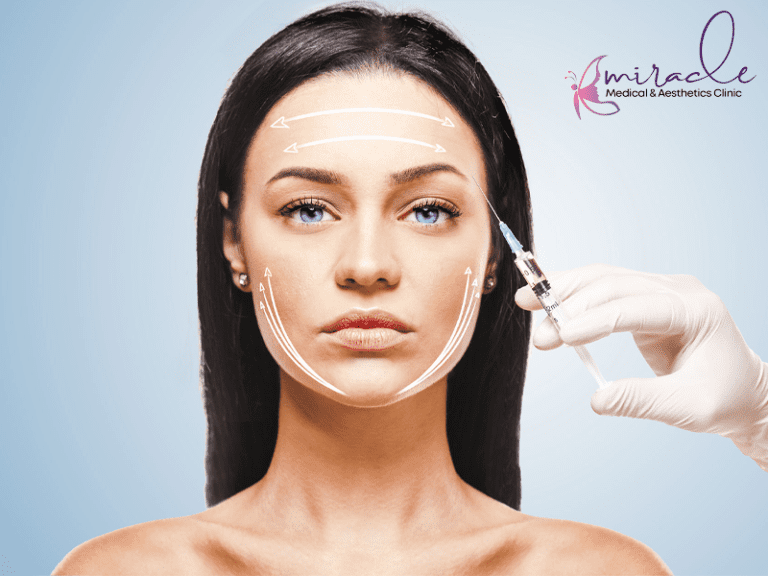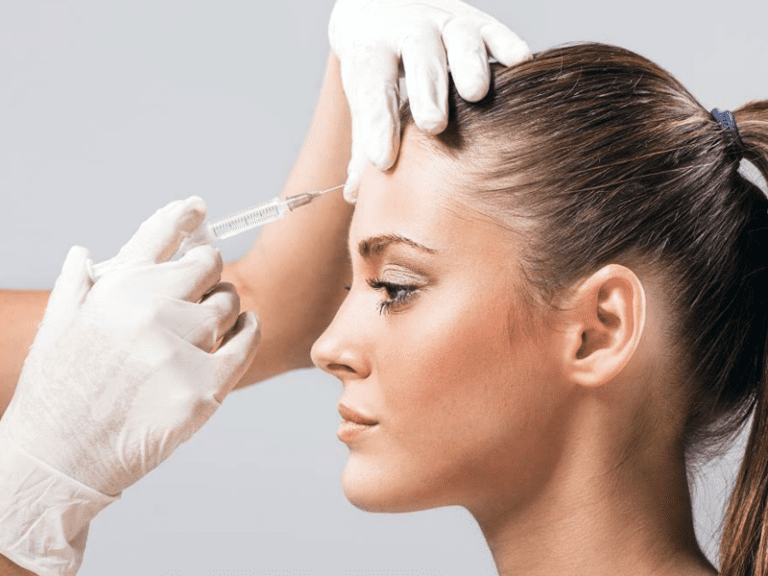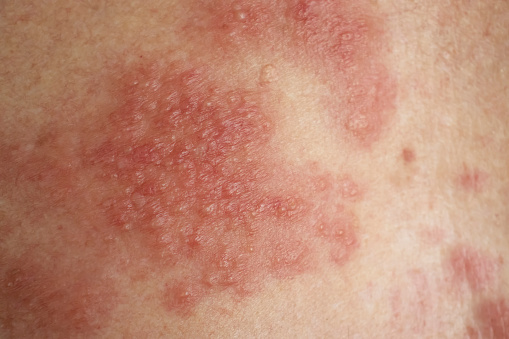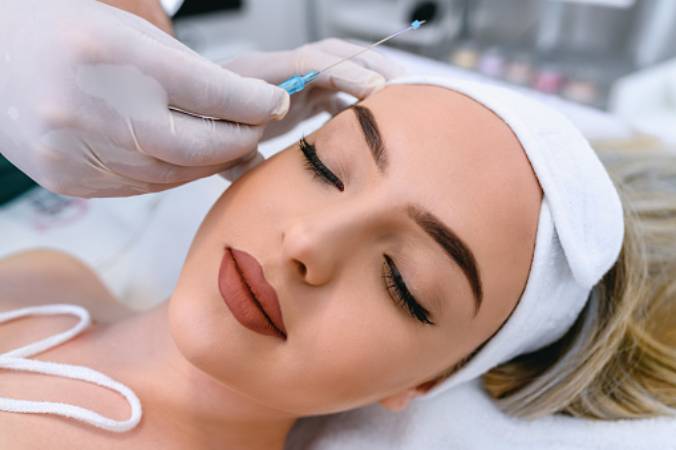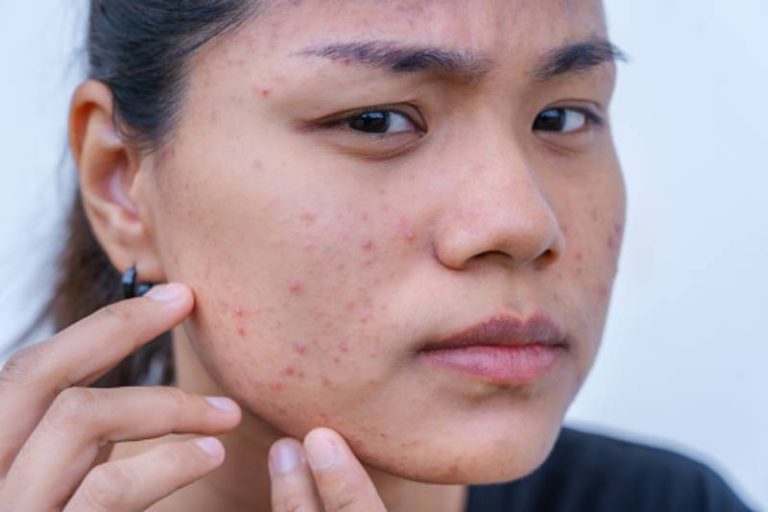Know Your Skin Type
Knowledge is power is a statement that spans also into how great your skin turn out, this is because a good knowledge of your skin type informs your decision on what and what not to use on it, expose it to and how you treat it generally.
For the best of skincare result it is very important that you know your skin type cause the application of incompatible product(s) can sabotage effectiveness of your whole process just as the one bad egg paradigm. When you know your skin type and buy the right products for it you are making an informed decision and that would save you a lot of stress and disappointment many go through.
There are different means of classifying skin types ranging from; color, reaction to sun, genetics, characteristic and so on.
We would explore them based on their characteristics, although these skin characters can change for individuals as they age or improve on how they treat their skin and that is the whole essence of this article.

Normal skin type
This type has the right balance not being too oily or dry, with barely visible pores, and little or no imperfections, having also a soft and radiant completion. The normal skin type is good even without special attention to it.
Dry skin type
Dry skin is often characterized by small cracks, barely visible pores, less elasticity, redness, itching, dull completion, fine lines, desquamation etc.
Often caused by the weather i.e. low air humidity, genes, ageing, cosmetics, medication, use of tanning beds and so on.
Consequently, if you have a dry skin stay off deodorant soaps for bath, use ointment and creams instead of lotion, wear lip balm, scrub moderately, go for products with hydrating formulas, avoid hot air or smoke and always stay hydrated.
Oily skin type
Oily skin is usually humid, thick, dull or shiny and often with pimples, black heads and other imperfections.
Causes include weather, gene, stress, puberty, hormonal imbalances, heat etc.
For improvement wash regularly with warm water and a gentle soap, pat your face dry don’t scrub, use medicated pads, apply moisturizers, and avoid picking your face.
Combination Skin type
This type stems from the reality that individuals can have a mix of both oily and dry skin, people with this skin type often have some parts for instance, nose area, forehead and chin oily while the cheeks and eye area dry.
With this skin type one is prone to having a dull and rough complexion, with large pores, less patches, fine lines and blackheads.
To improve this skin type exfoliate gently, apply gentle facial cleanser, stay hydrated, use sunscreen always, avoid touching your face and treat your complexion to a face mask.
Sensitive skin type
This is the most fragile of all the skin types often reacting to stimuli that the normal skin type would not. Leading most times to itching, burning, redness, dryness and other feeling of discomfort.
The protective guard of this kind is usually low making it easy for micro organisms and order irritating substance to penetrate at any slightest provocation.
As a result, anyone with a sensitive skin must find out what their triggers are and avoid them as this conditions may sometimes be in reaction to particular skin care products or exposure to other unpalatable conditions.
Scaly skin type
Scaly skin causes big scales detachment from the epidermis, this skin type is usually dry, cracked and flaky, it can occur on almost all outer layer of the skin but most common on the lower legs, arms and thighs.
This skin irritation is often caused by the weather (exposure to sun wind or excessive humidity), allergic reaction, fungal or staphylococcus infection, oncological treatments or immune system disorder.
To improve this skin type wash your skin gently at least twice each day, use warm water and limit bath time, moisturize your skin well, use non allergic soap, use humidifier and always wear skin friendly clothes.
How To Identify Each Skin Type And Take Care Of Them?
Normal skin type
1. What is normal skin?
Normal skin is also called eudermic. This means it is well-balanced. It is neither too oily nor too dry. Normal skin tends to have balanced pH levels and sebum production.
2. How can you identify normal skin?
- Smooth texture
- Fine pores
- No sensitivity
- No blemishes
- Few or no breakouts
- Radiant complexion
3. How to take care of normal skin?
It’s as simple as this – if you don’t have diabetes, will you take insulin? However, that doesn’t mean it’s okay for you to binge on high carbs and your favorite chocolates every night while watching TV shows.
Your skin needs to be taken care of too. If you have normal skin, you don’t have to go all out with a skincare routine. However, you should make it a point to stay healthy, hydrated and follow a basic skincare regimen.
4. If you have normal skin, these steps will help maintain it:
a. Stay hydrated
If you don’t drink enough water throughout the day, your skin may dry up and start getting flaky. It can also lead to excess sebum production.
b. Wear sunscreen
Sunscreen is a must for overall skin health maintenance. Direct sun exposure can dry up your skin, cause wrinkles and dark patches. An oil-free sunscreen is recommended to avoid clogging skin pores.
c. Moisturize
Moisturizers are a must for any skin type. They keep the skin moist and prevent it from overproducing sebum.
d. Remove your makeup before sleeping
Makeup can clog pores and lead to breakouts. You want to avoid that by taking it off after a long day.
e. Wash/Cleanse your face before sleeping
Even if you don’t wear makeup, wash your face every night before you sleep. Dirt and bacteria from outside can clog pores.
Oily skin type
Oily skin is primarily a result of excessive sebum production. This type of skin has excess oil secretion and is mostly shiny, sweaty, and more prone to suffer from acne, blackheads, etc.
1. How can you identify oily skin?
- Greasy appearance
- Open/Big pores
- Prone to breakouts
- Blackheads, other blemishes, etc.
2. What causes oily skin?
a. Hormonal changes
Hormonal imbalances during puberty or pregnancy can result in oily skin.
b. Climate
Where you live and the time of the year can contribute to oily skin. If you live in a humid or hot environment, it is likely to result in oily skin.
c. Genetics
Look around you. Do your immediate family members have oily skin? If the answer is yes, you most likely have it too!
d. Large pores [1]
Large pores tend to produce more sebum.
e. Exfoliating too much/Using harsh soaps
Sometimes, what you think is contributing to glowing skin may actually be the cause of diminishing skin health. Exfoliating too much or too hard can stimulate sebum production. Using harsh chemicals, not suitable for your skin type can also contribute to oily skin.
3. Tips for oily skin:
a. Moisturize regularly
Moisturizing regularly will keep your skin hydrated and prevent it from overproducing sebum. Choosing the right moisturizer is important. A lotion-based, lightweight moisturizer is advised for oily skin types.
b. Stay hydrated
Drink enough water to keep your skin moist. This will prevent your skin from producing excess oil.
c. Wash your face twice a day
Wash your face two times a day to remove dirt and bacteria that may clog your pores. Don’t overwash. Overwashing can remove necessary oils from your skin. This can result in sensitive skin and make it more oil-prone.
d. Makeup Regime
Avoid using chemical-laden, thick skincare products and ingredients. Instead look for non-comedogenic makeup products that won’t clog pores. Also, use gentle cleansers and don’t scrub. Make sure you remove all your makeup residue before hitting the bed.
e. Avoid touching your face constantly
If you have an oily skin type, breakouts and blemishes now and then are nothing new. However, you must avoid popping or picking any pimples to prevent further spreading.
Dry skin type
A lack of moisture in the skin can result in a flaky and rough appearance. This is called dry skin. Dry skin tends to produce less oil and lacks vitality. This type of skin is exposed to dryness and is vulnerable to weather changes.
1. How can you identify dry skin?
- Flaky and rough skin
- Uneven texture
- Itching
- Skin feels tight
- More visible lines
- Less elasticity in skin
2. What causes dry skin?
a. Genetics
If most of your family members have dry skin, you are likely to have it too.
b. Season
Dry skin is more common in dry climates and in the winter season due to lack of humidity.
c. Long showers
If you spend long hours in the shower, it can rip your skin of its necessary oils. This contributes to dry skin.
d. Age
As you grow older, sebum production in your skin reduces. This can result in flaky skin.
Important Note:
Sometimes ingredients in soaps, cosmetics, or other skin care products you use can make your skin dry. Always use mild, gentle soaps, cleansers and avoid deodorant soaps.
3. Tips for dry skin
a. Moisturize your skin regularly right after bathing to keep it soft and hydrated.
b. Don’t spend too much time in the shower. Take shorter showers, not more than twice daily.
c. Pat your skin gently while drying yourself up. Don’t scrub while bathing or drying.
d. Drink lots of water to keep your skin hydrated.
e. Use a humidifier to retain your skin’s natural moisture.
f. Use sunscreen to prevent your skin from getting dehydrated.
g. Wear gloves while using household detergents, cleaning agents, etc.
The type of skin is determined by genetics, although it will also be affected by other factors and can change with time. Based on these characteristics, there are five types of healthy skin: normal, dry, oily, combination (both oily and dry skin) and sensitive.
